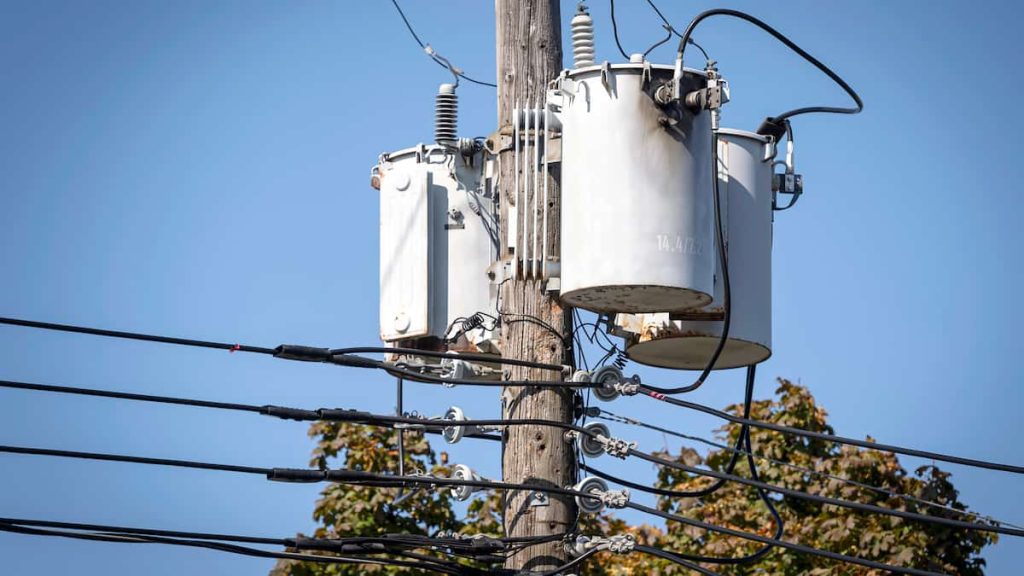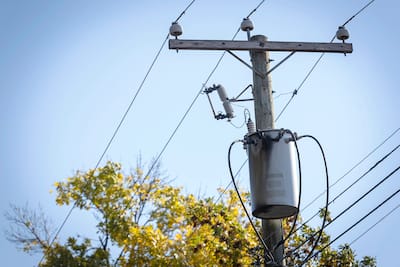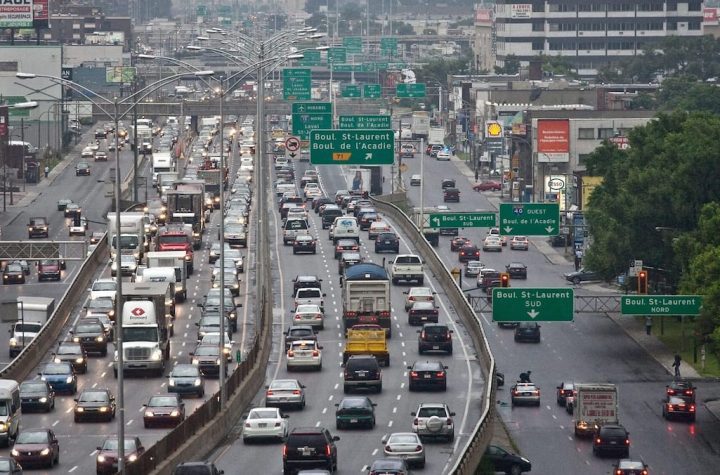
More than half of Hydro-Québec's overhead transformers are more than 25 years old, which increases the risk of outages in residential neighborhoods.
• Also Read: Hydro-Québec wants fewer outages, but neglects preventive replacement of its poles
• Also Read: Cutting down 75,000 trees: Hydro-Québec wants to reduce the number of outages by 1%
• Also Read: April Blizzard: Lineman warns that no one is safe from this bad weather anymore
“It's a bit inevitable. If you have a car that's twenty years old and has 700,000 kilometers on the clock, the risks of failure are certainly high,” says François Bouford, professor of electrical engineering at McGill University.
And of Hydro's roughly 600,000 overhead transformers — found on poles — about 57,000 are at least 40 years old, or about 10%.
Approximate data
In fact, the situation is arguably worse today as the data we got was from 2017, the date of the last “estimate” the age of these devices was conducted by Crown Corporation.
Hydro-Québec will need to accelerate the pace of transformer replacements to prevent its distribution network from becoming more vulnerable than it already is. Electrification of transport in particular increases the pressure on the network.
Recall that in a scathing report published in December 2022, the Auditor General found that Hydro “has not adapted its strategy to the context of the aging of its assets”.
“For example, a more flexible strategy might suggest replacing some assets earlier than currently planned to reduce work overload and increased breakdowns in the coming years,” read the report.
Drop by drop
Hydro-Québec estimates that the number of overhead transformers that need to be replaced each year will increase from 8,500 in 2019 to 14,000 by 2030.
As for the number of poles to be replaced, the state corporation has predicted an increase from around 7,000 per year to 30,000 by 2035.
However, in 2022, Hydro will replace less than 5,000 poles, 6,250 in 2021 and more than 7,000 in 2020, the QMI agency revealed last year.
Hydro-Québec could not say this week Newspaper How many overhead transformers have been replaced in recent years?
Rusty yet bold
Professor Bouffard notes, however, that even when transformers have outlived their useful life, they can still function well, which is typically estimated at 30 or 40 years.
“The primary cause of failure of pole transformers is external factors such as weather hazards, animal and automobile accidents,” he asserted.
“Sometimes we see ones that are rusty, not really pretty, but they keep doing their job and maybe if we leave them alone they will continue to do it,” explains the specialist.
Note that many other North American power companies are also struggling with aging transformer fleets.
In 2022, the Auditor General observed that Hydro-Québec implemented only part of its 2020 outage reduction plan, which essentially provided for the strengthening of 400,000 transformers.
Michael Sabia, who has been at the helm of Hydro since last year, has promised to rectify the situation. In its action plan, which extends to 2035, the state-owned company plans to allocate at least $8 billion to increase the reliability of its distribution network.
Hydro-Québec hopes to “reduce the number of outages by 35% within seven to 10 years,” said spokesman Louis-Olivier Batty.
Age of Hydro-Québec overhead transformers
- 40 years or older: 9.4%
- 30 years or more: 39.3%
- 25 years or older: 55.7%
Note: Data as of 2017
Source: Hydro-Québec









More Stories
Russia imposes fines on Google that exceed company value
Historic decline in travel in Greater Montreal
Punches on the “Make America Great Again” cap: Two passengers kicked off the plane